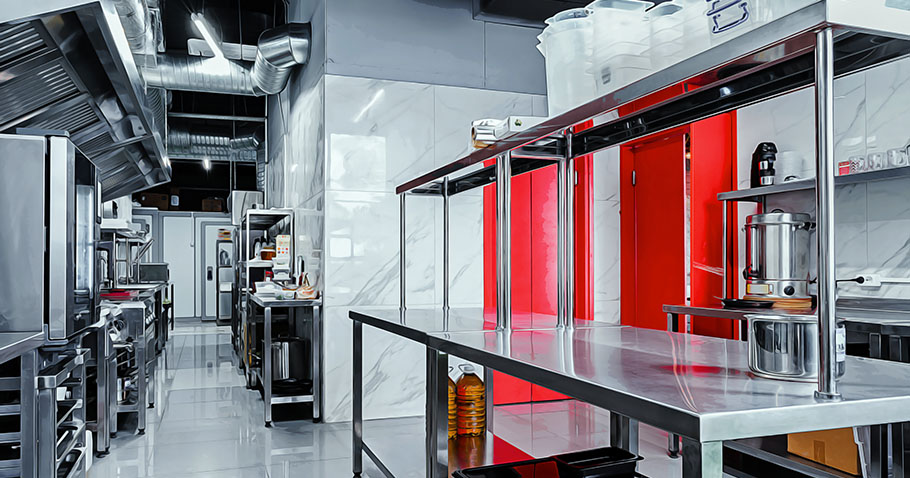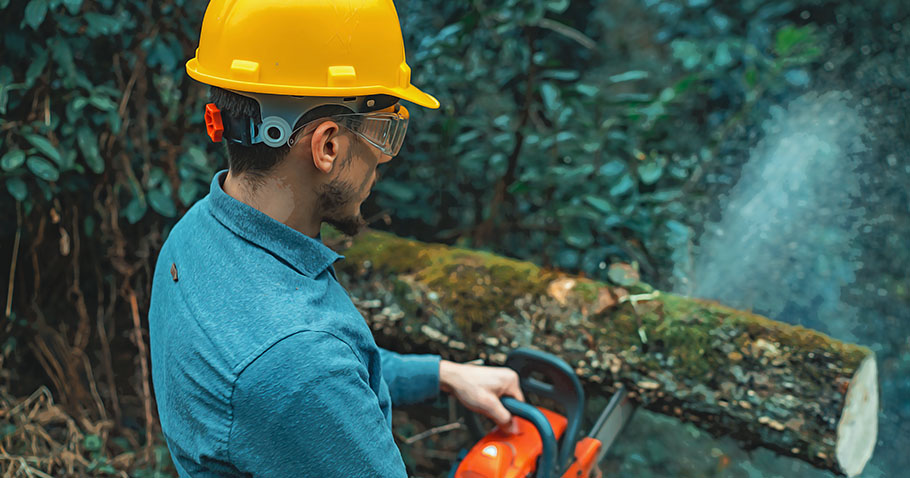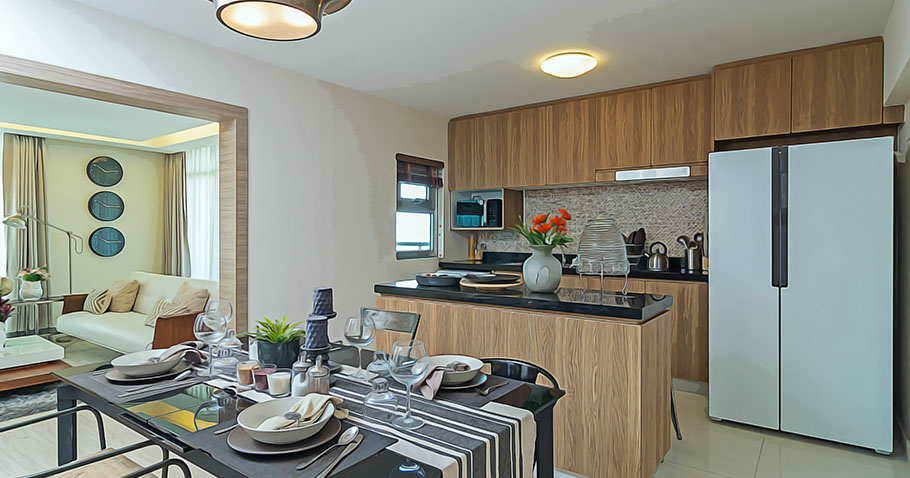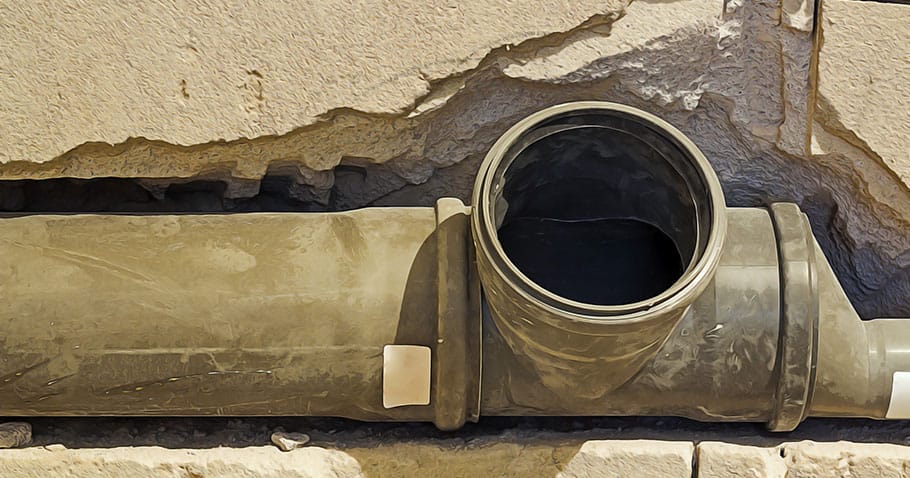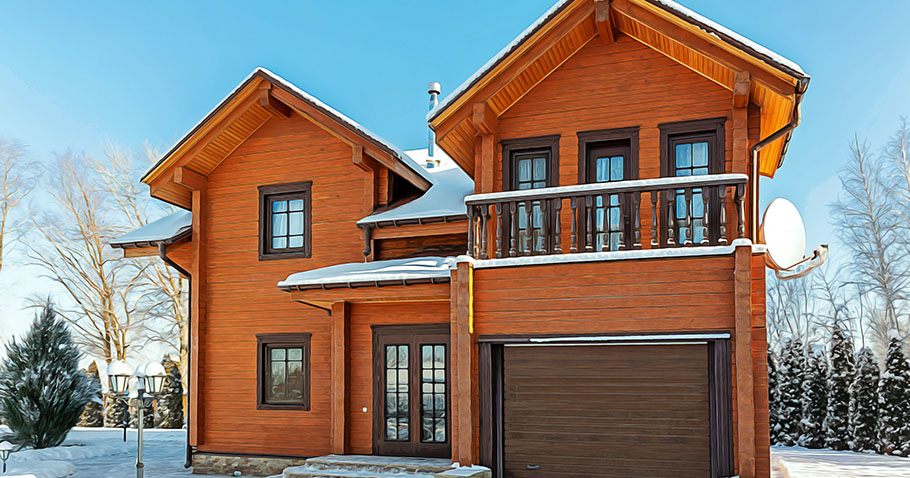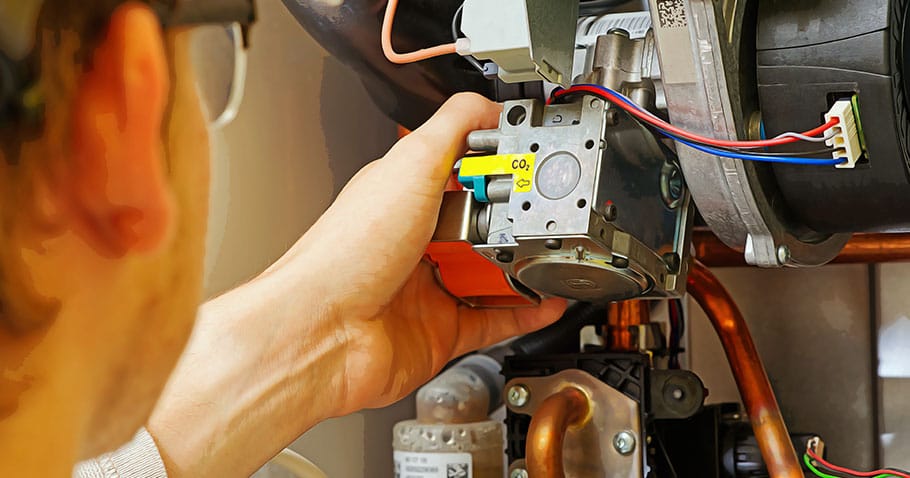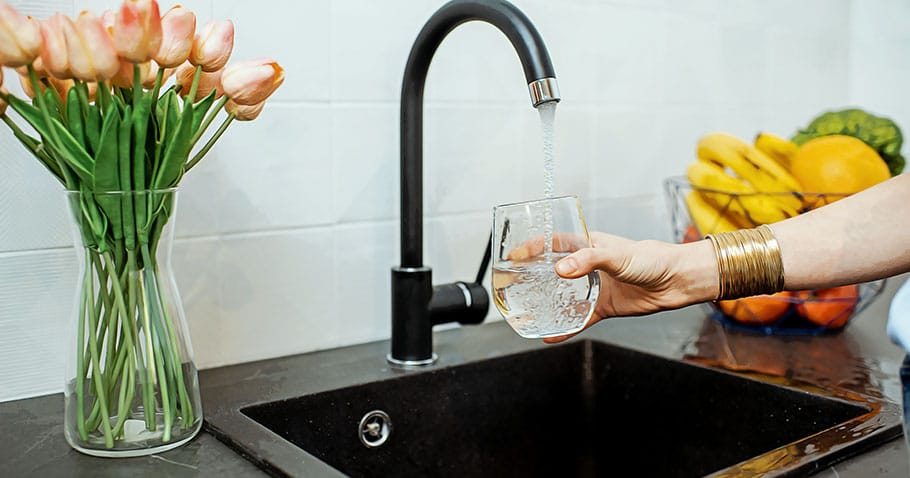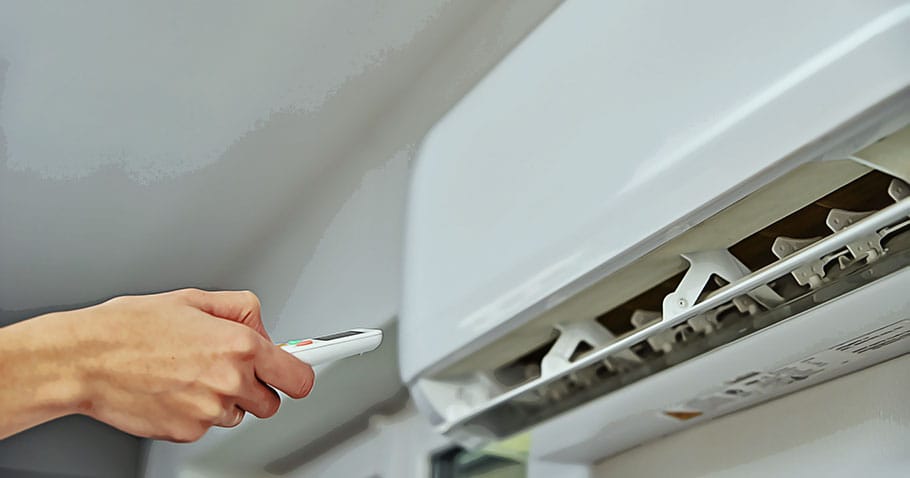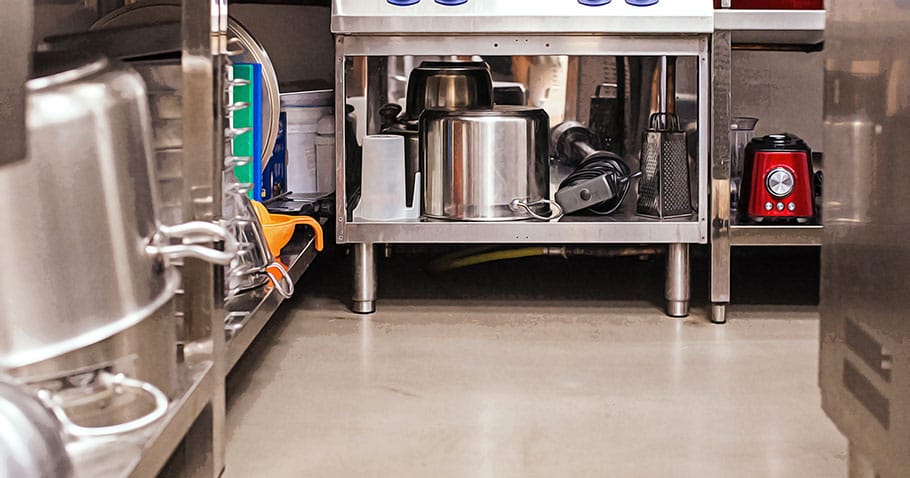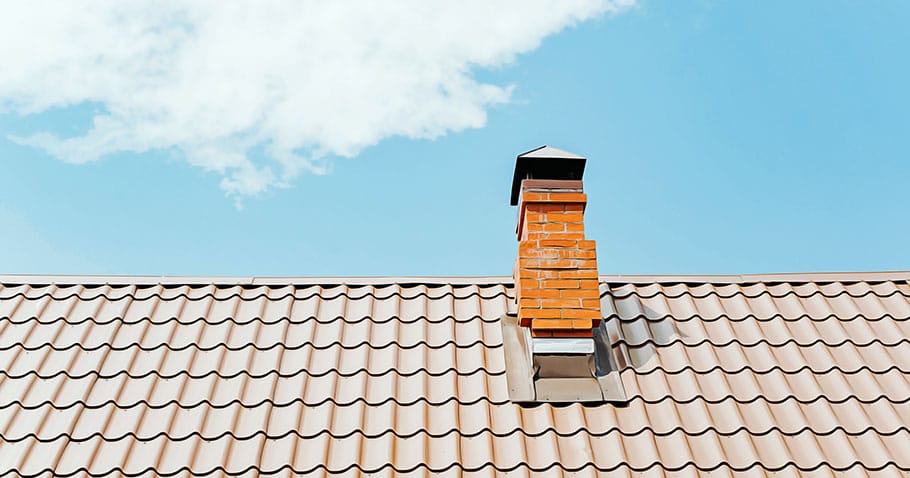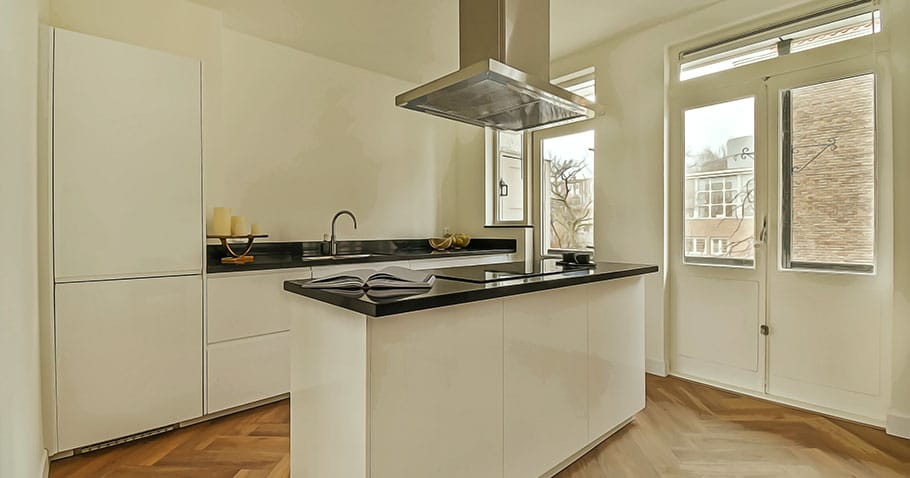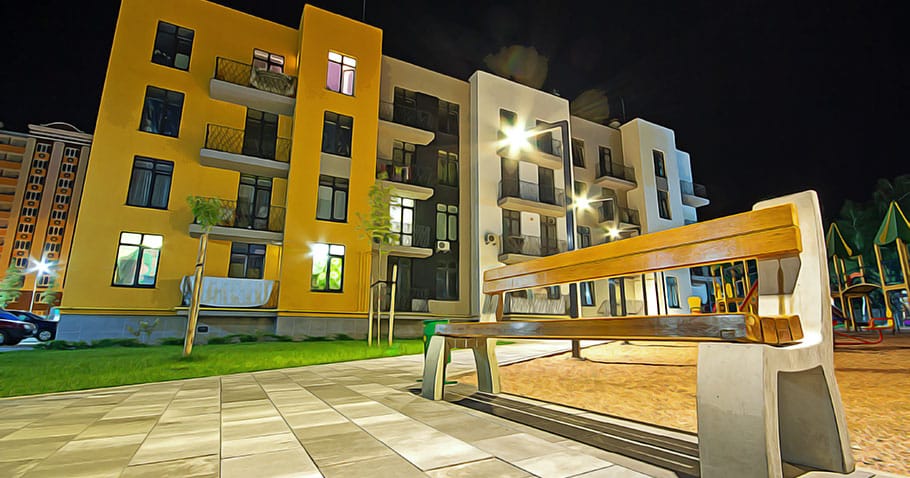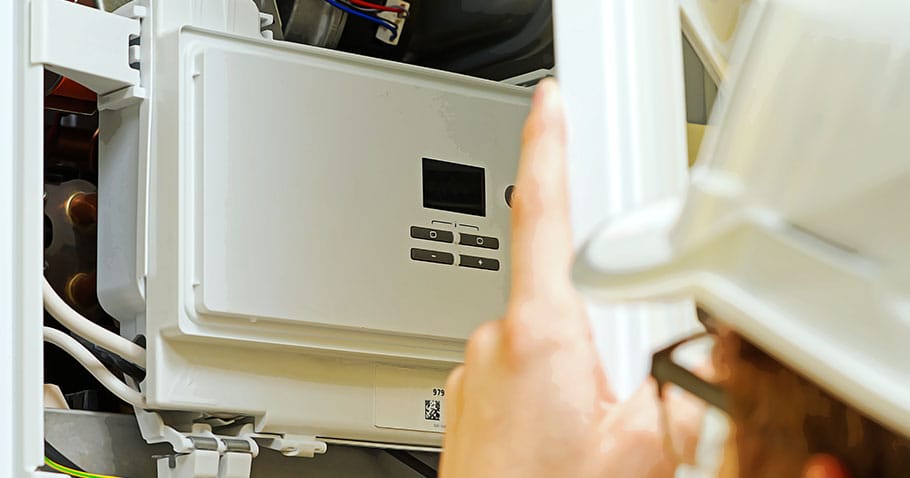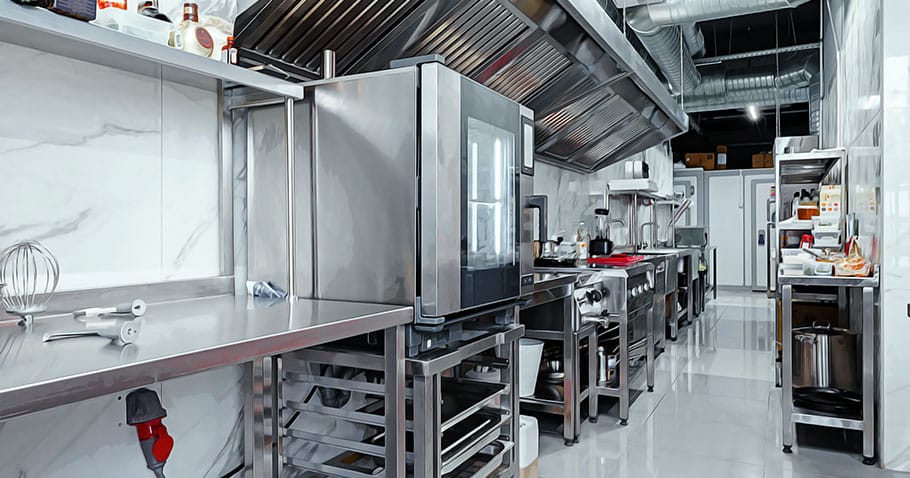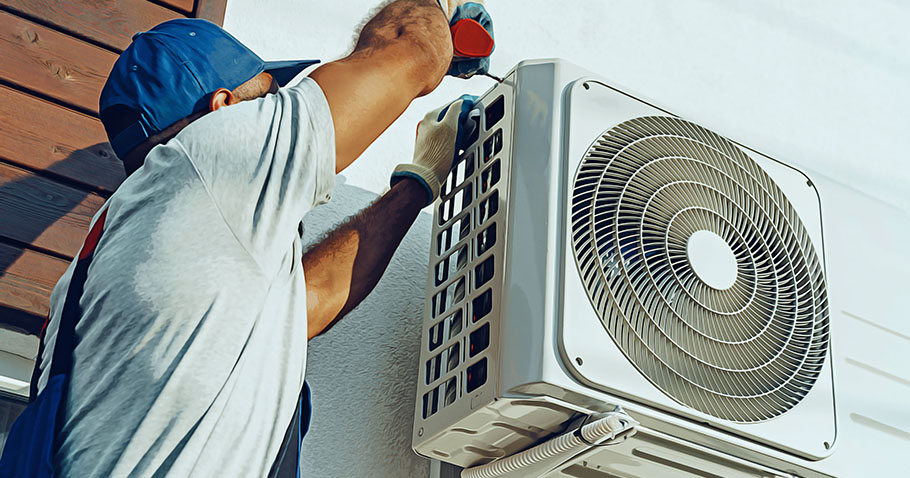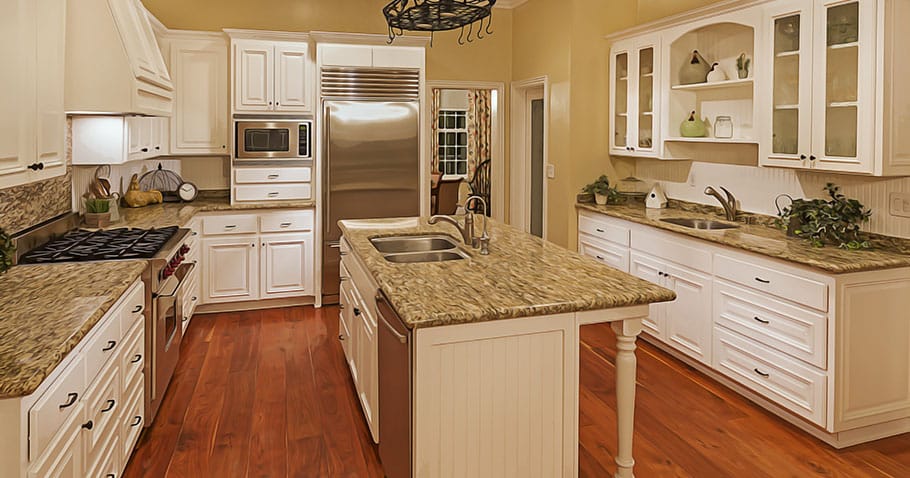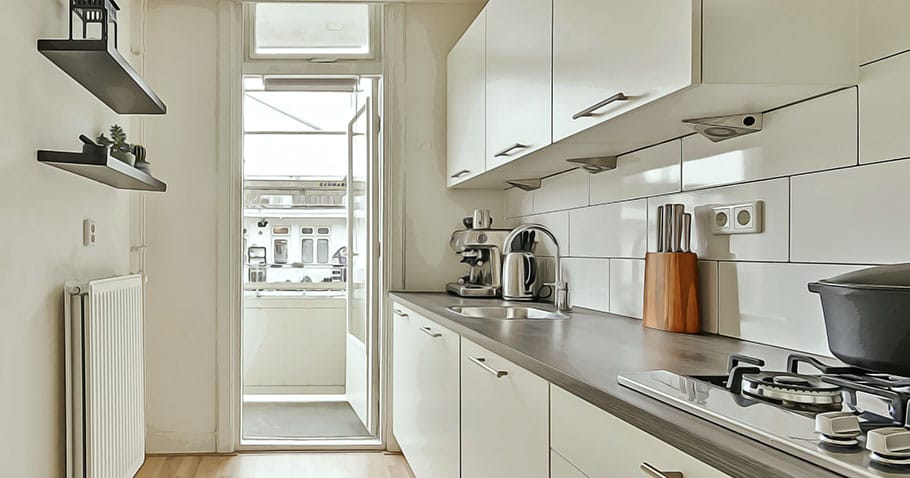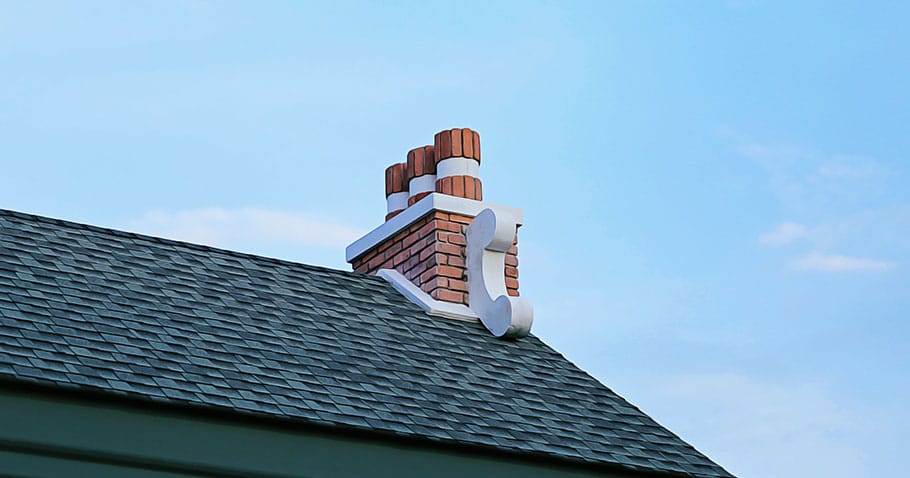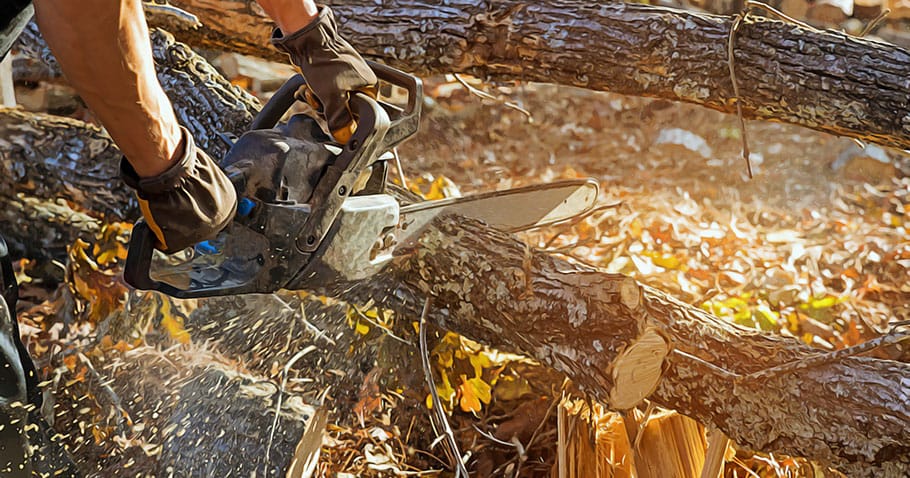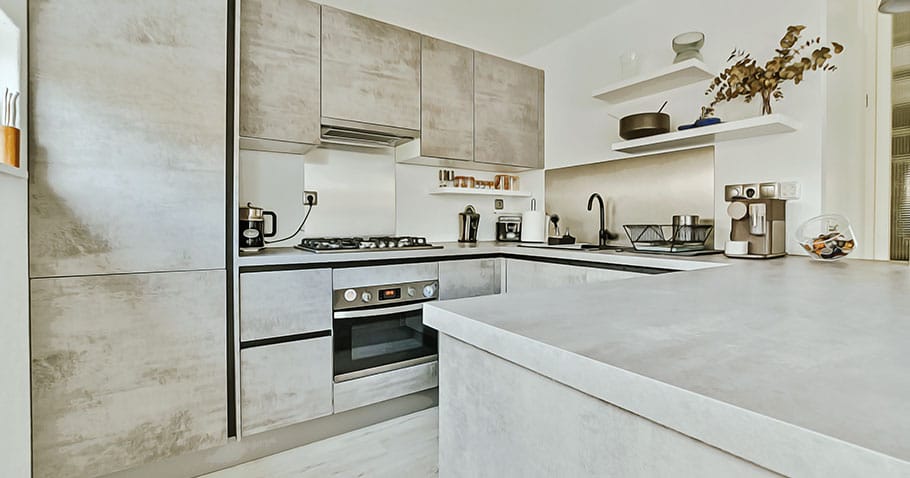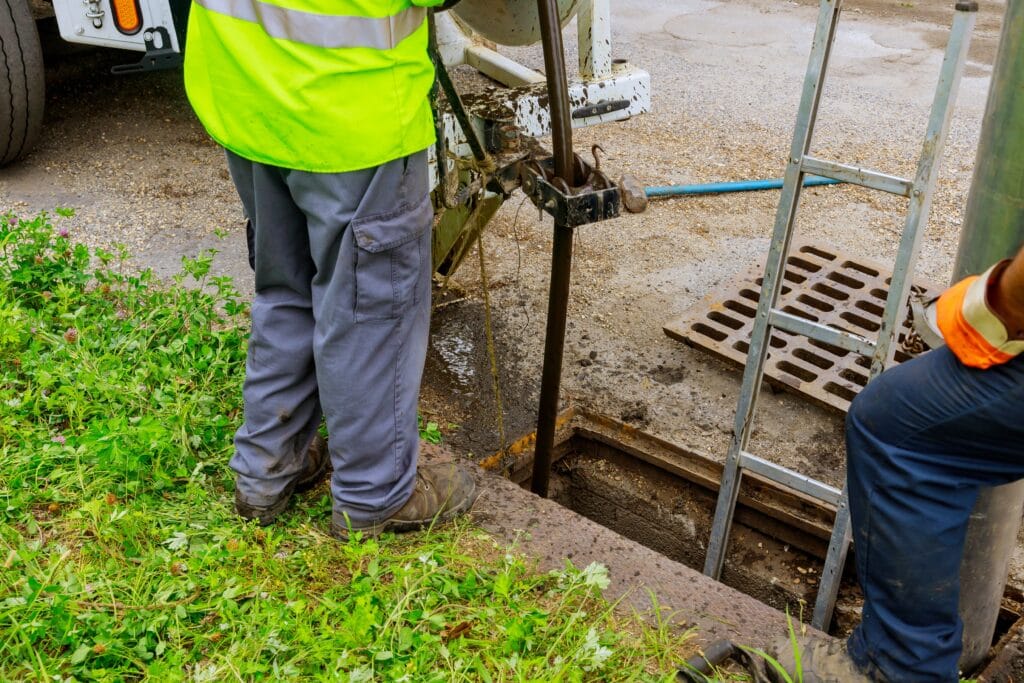A guide on installing granite countertops
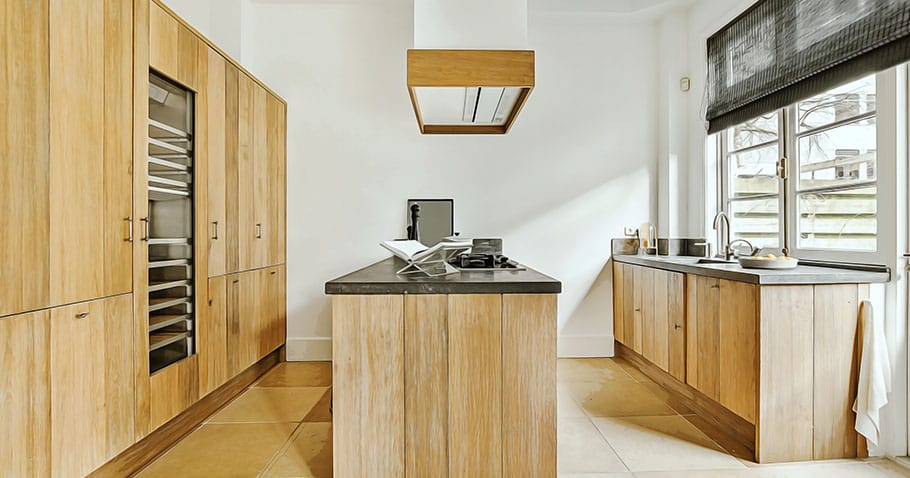
Granite countertops, renowned for their timeless beauty and impressive durability, have significantly increased in popularity in recent years. This preference is not unconnected to their unique ability to transform an ordinary kitchen or bathroom space into an exquisite one. However, the process of installing and maintaining these elegant pieces requires a thorough understanding and meticulous approach. This article provides an in-depth guide on how to install a granite countertop, detailing the importance of sealing them and explaining the necessary steps to achieve this crucial aspect of granite countertops maintenance.
Planning and Measurement
The first stage in installing a granite countertop involves planning and taking precise measurements of your kitchen space. This process aims to establish the exact dimensions that the granite slab should be cut into to fit perfectly onto your cabinets. Keep in mind that this process involves measuring not only the length and width but also the corners, sinks, and backsplashes. At this stage, it’s also crucial to decide on the overhang size and the type of edge profile you’d prefer, as these details will affect the final look of your countertop.
Choosing and Cutting the Granite Slab
Once the measurements are in hand, the next step involves selecting the right granite slab. This choice can vary based on color, pattern, and thickness, aligning with your personal preference and the overall aesthetic of your kitchen. After the selection, the slab undergoes cutting as per the measurements taken earlier, using specialized saws for precision and a smooth finish. It’s critical to note that this step should be carried out by professionals, as improper handling could lead to breakage or damage to the slab.
Fabrication Process
The granite slab, after being cut to the desired shape, goes through a fabrication process. The fabrication process involves shaping the edges and polishing the surface to bring out its natural shine and smoothness. Here, the selected edge profile is crafted using specific grinding tools, transforming the raw cut slab into a beautiful countertop. The slab is then sealed to enhance its resistance against stains and scratches.
Installation Process
Following fabrication, the granite countertop is ready to be installed by the granite installers Potomac. Before the installation, the existing countertop, if any, needs to be carefully removed without causing damage to the cabinets or walls. Next, the cabinets are prepared and reinforced if necessary, to bear the weight of the granite slab. Then, a layer of plywood is placed to support the granite, upon which the slab is carefully laid and secured with adhesive.
Final Adjustments and Sealing
Post-installation, the countertop may need some final adjustments to ensure that it fits perfectly. This might include trimming excess material or polishing rough edges. Once satisfied with the fit and finish, the countertop is cleaned and sealed one final time. This sealing process not only helps in maintaining the luster of the granite but also offers an extra layer of protection from potential spills and stains.
Understanding the Importance of Sealing Granite Countertops
Granite, despite its solid appearance, is a porous natural stone. This means it has tiny spaces or pores that can absorb liquids and other substances, leading to staining and potential damage over time. Sealing the granite slab provides an additional layer of protection against these spills and stains, preserving its natural beauty and prolonging its lifespan.
Besides protection from stains, sealing can also help maintain the granite’s shine and color vibrancy, making your countertop look new for a longer time. Lastly, a properly sealed countertop is much easier to clean and disinfect, an attribute that can be highly beneficial in areas like kitchens and bathrooms where hygiene is paramount.
Preparation Before Sealing
Before you embark on the task of sealing your granite countertop, it’s important to ensure that it’s thoroughly clean. Any dirt or debris on the surface could get trapped under the sealer, leading to a less than perfect finish. Use a gentle, stone-friendly cleaner and a soft cloth to clean the surface. Ensure that the countertop is completely dry before you start sealing because moisture can interfere with the sealing process.
The Sealing Process
The sealing process, while straightforward, needs to be done with care. You’ll need a high-quality stone sealer that is suitable for granite. Pour the sealer onto the countertop and spread it evenly across the surface using a clean, soft cloth. Be generous with the sealer, ensuring that all areas, including edges and corners, are well-covered.
Allow the sealer to penetrate the stone. This usually takes around 15 to 20 minutes, but you should follow the manufacturer’s instructions for the best results. If you notice that the sealer is absorbed quickly, that means your countertop is very porous and might need a second coat.
Once the sealer has penetrated the stone, wipe off any excess with a clean cloth. Then, let the countertop dry and cure as per the instructions on the sealer product. This could range from a couple of hours to a few days.
Maintaining the Sealed Countertop
A sealed granite countertop should not be considered maintenance-free. Regular cleaning, avoiding harsh chemicals, and promptly cleaning up any spills can go a long way in preserving its beauty. It’s also crucial to note that sealers do wear off over time and the countertop would need to be resealed. The frequency of resealing can vary based on the usage and the type of granite but is typically recommended every one to two years.
Post-Installation Care and Precautions
Just as vital as the installation and sealing process is the care and precautions taken after these processes. A granite countertop, while resilient, still requires regular maintenance and mindful usage to keep its aesthetic appeal and functional value intact. This involves cleaning spills promptly, avoiding the use of abrasive cleaning agents, and ensuring that no heavy object is dropped on the countertop. Moreover, placing hot pots and pans directly on the surface should be avoided to prevent potential damage to the sealant. Such mindful practices go a long way in preserving the longevity and luster of your granite countertop, ensuring that it remains a prized element of your home for many years to come.
Conclusion
In conclusion, installing a granite countertop is an intricate process that involves careful planning, precise measurements, skilled cutting, and meticulous fabrication. However, the journey doesn’t end at installation. It’s equally critical to preserve the countertop’s aesthetic and functional qualities through effective sealing, a process that safeguards the material from potential damage and enhances its longevity.
While this maintenance task demands attention to detail and the use of the right materials, the result is a stunning and durable countertop that stands the test of time. Remember, a well-maintained granite countertop is more than just a functional surface; it’s an investment that adds value and beauty to your home. This is something that granite contractors Rockville can help you with.


